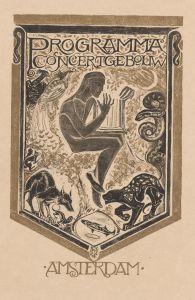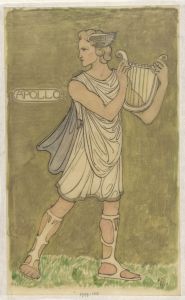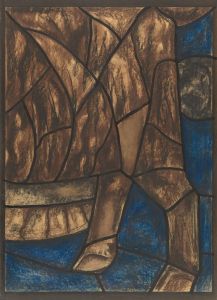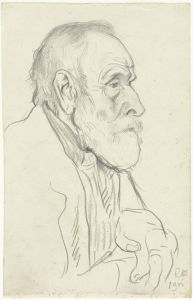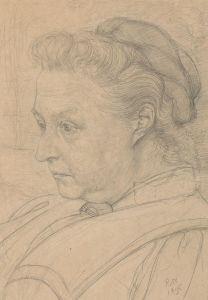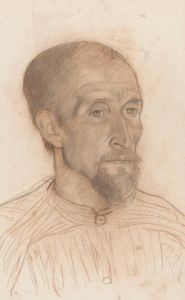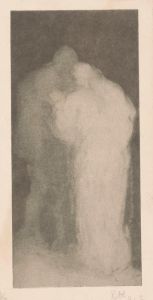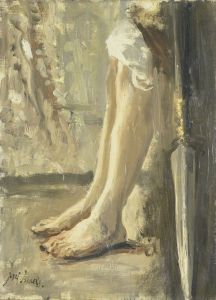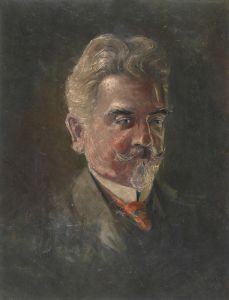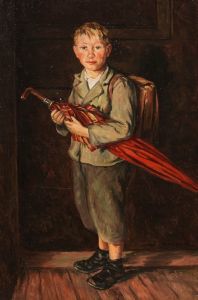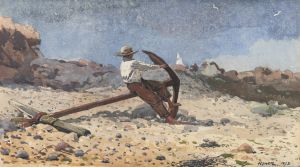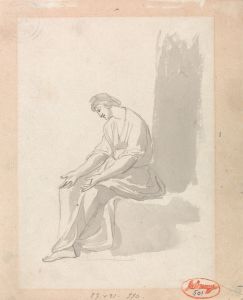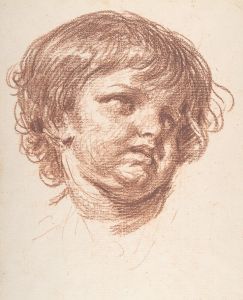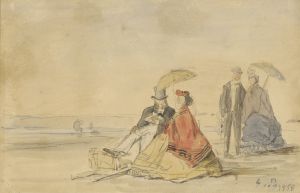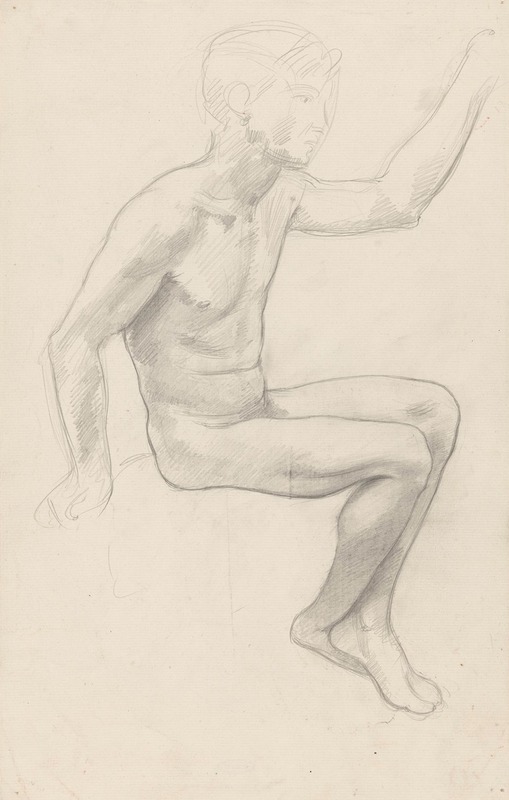
Zittende naakte jongen met opgeheven arm
A hand-painted replica of Richard Nicolaüs Roland Holst’s masterpiece Zittende naakte jongen met opgeheven arm, meticulously crafted by professional artists to capture the true essence of the original. Each piece is created with museum-quality canvas and rare mineral pigments, carefully painted by experienced artists with delicate brushstrokes and rich, layered colors to perfectly recreate the texture of the original artwork. Unlike machine-printed reproductions, this hand-painted version brings the painting to life, infused with the artist’s emotions and skill in every stroke. Whether for personal collection or home decoration, it instantly elevates the artistic atmosphere of any space.
Richard Nicolaüs Roland Holst was a prominent Dutch artist known for his contributions to the Symbolist movement in the late 19th and early 20th centuries. Born on December 4, 1868, in Amsterdam, Holst was a multifaceted artist whose work spanned painting, illustration, and design. He was deeply influenced by the social and political changes of his time, and his art often reflected his interest in these themes.
One of his notable works is "Zittende naakte jongen met opgeheven arm" (Seated Naked Boy with Raised Arm). This painting exemplifies Holst's skill in capturing the human form and his interest in exploring the expressive potential of the human body. The artwork depicts a young boy seated with one arm raised, a pose that suggests a sense of movement and vitality. The boy's nudity is presented in a naturalistic manner, emphasizing the innocence and purity often associated with youth.
Holst's approach to this painting reflects his broader artistic philosophy, which was influenced by the Symbolist movement. Symbolism was characterized by a focus on depicting ideas and emotions through symbolic imagery and often sought to express the ineffable aspects of human experience. In "Zittende naakte jongen met opgeheven arm," Holst may have been exploring themes of innocence, growth, and the transition from childhood to adulthood, although the specific symbolic meaning of the work is not explicitly documented.
The composition of the painting is carefully balanced, with the boy's raised arm creating a dynamic diagonal line that draws the viewer's eye across the canvas. Holst's use of light and shadow adds depth to the figure, highlighting the contours of the boy's body and creating a sense of three-dimensionality. The background is typically understated, allowing the focus to remain on the figure itself.
Holst was not only a painter but also an influential teacher and writer. He served as a professor at the Rijksakademie van Beeldende Kunsten in Amsterdam, where he influenced a generation of Dutch artists. His writings on art and society reflect his belief in the transformative power of art and its potential to contribute to social progress.
Throughout his career, Holst was associated with various artistic and intellectual circles in the Netherlands. He was married to Henriette Roland Holst, a well-known poet and socialist, and together they were active in the cultural and political life of their time. Holst's work, including "Zittende naakte jongen met opgeheven arm," is part of the broader narrative of Dutch art in the early 20th century, which was marked by a search for new forms of expression and a desire to engage with contemporary social issues.
Today, Richard Nicolaüs Roland Holst is remembered as a key figure in Dutch art history, and his works continue to be studied and appreciated for their artistic merit and historical significance. "Zittende naakte jongen met opgeheven arm" remains an example of his ability to convey complex themes through the simplicity and directness of the human form.





